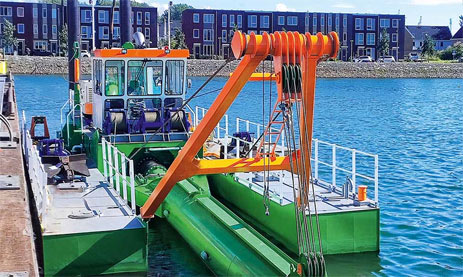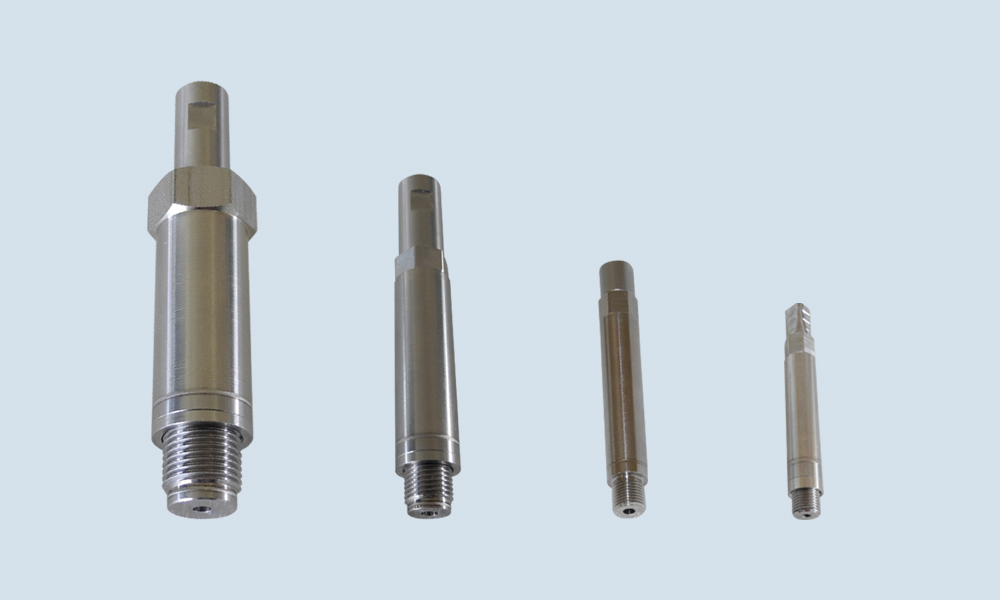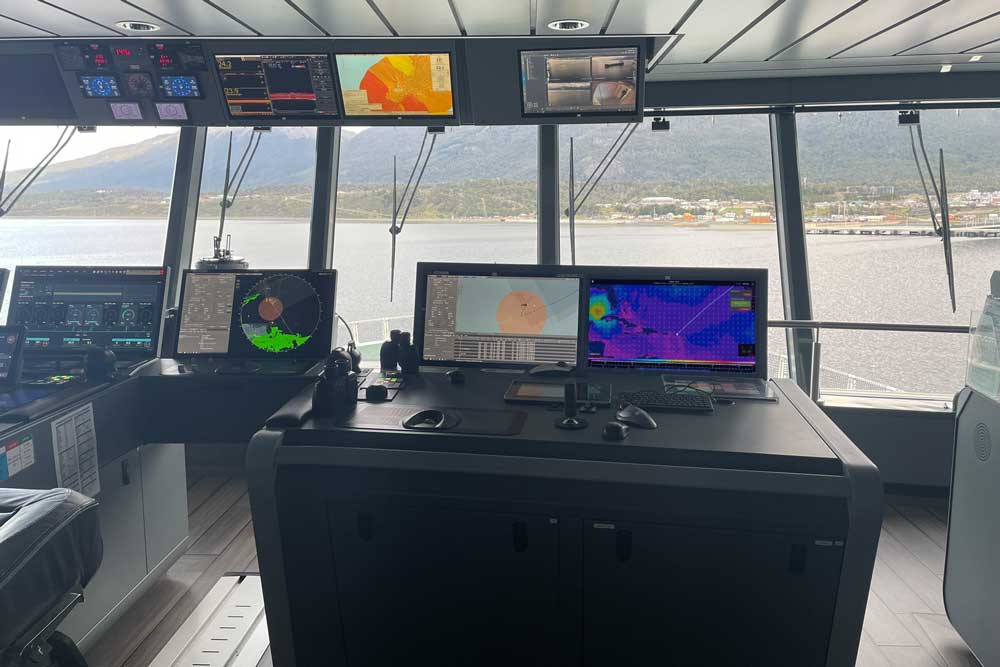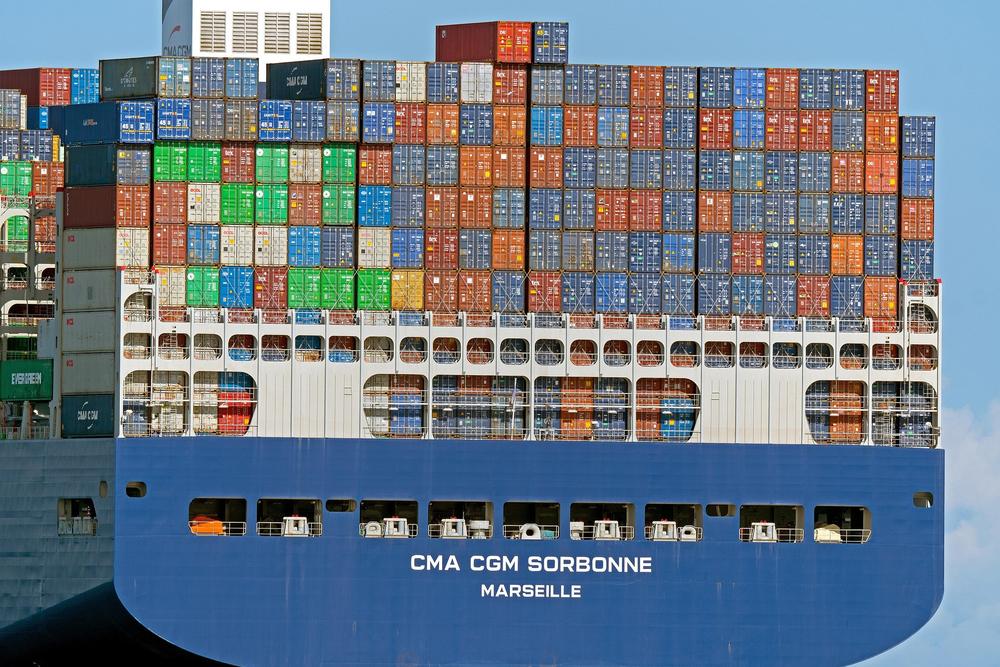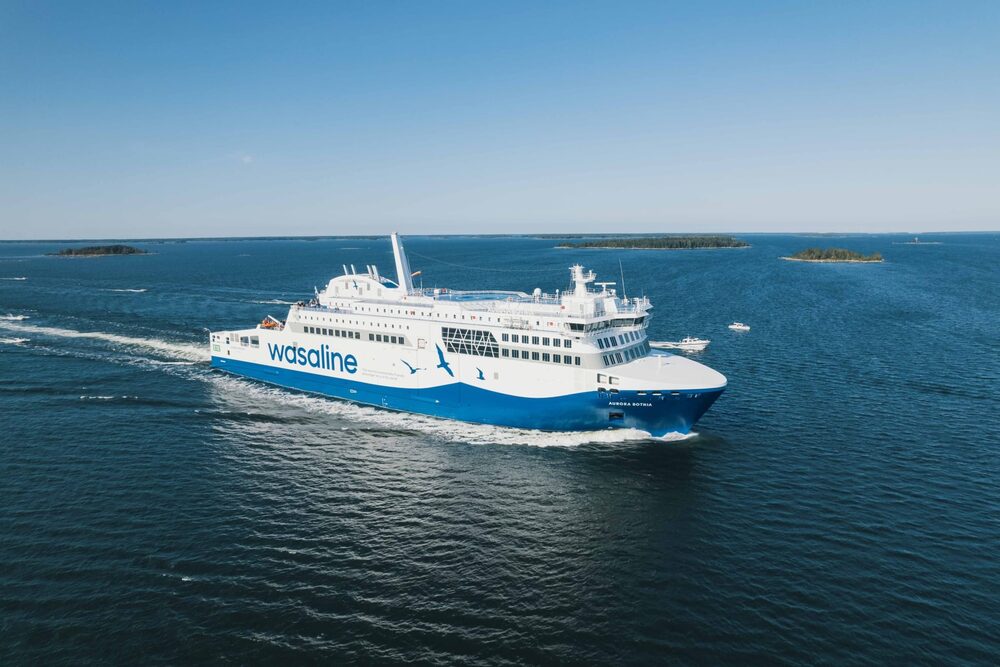The state-owned Iranian shipping company IRISL (Islamic Republic of Iran Shipping Line) has moved up three places in the latest Alphaliner rankings and is now the 16th largest container shipping company in the world.
This leap was achieved in just a few months thanks to higher TEU capacities, an optimized fleet and the targeted expansion of international logistics corridors, particularly via the port of Chabahar. If this development continues, IRISL will soon be one of the 15 leading shipping companies.
The question is how a company is able to increase its transport performance under decades of sanctions. IRISL points to flexible routing, regional partnerships and investment in the maintenance of its own fleet. Last year, IRISL transported 100,000 TEU more than in the previous year, achieving a record figure. The transport performance is now over 41% higher than five years ago. According to IRISL, the confidence of exporters and importers in the national fleet is crucial for this. However, critics might object that these figures are only measured in the Iranian context. However, the Iranian shipping company emphasizes that the transport routes serve customers on five continents.
New customer service guidelines, a nationwide electronic bill of lading service and full insurance for all containers are intended to strengthen its position on the market. This will enable a seamless door-to-door service at minimal cost. Another critical issue concerns competitiveness with global giants such as MSC or Maersk. IRISL points out that targeted expansion is possible even under difficult conditions, for example by investing in Chabahar, which has risen from fourth to second place among Iranian container ports. The annual container volume there is now just under 100,000 TEU and is set to exceed 150,000 TEU in the coming year.
Strategic importance for the North-South corridor
Another point is IRISL’s role in international geopolitics. As a central pillar of Iran’s foreign trade, the company is closely integrated into the International North-South Transport Corridor, which primarily strengthens trade with Russia and the CIS states. It remains to be seen how strong international demand will actually grow and whether political tensions could put the brakes on expansion. IRISL believes it is well positioned here, as it offers multimodal transport solutions and competitive freight rates.
In 2025, the shipping company’s vessels covered a total of around 1.385 million nautical miles, which is 65 times the circumference of the earth. In the process, 260,000 tons of low-sulphur fuel were consumed, 90% of which came from domestic production. In view of these figures, the question arises as to whether the fleet can also keep up in terms of environmental standards. IRISL points out that the use of low-sulphur fuel is an important step in this direction.
This development brings IRISL closer to the world’s leading shipping companies. The industry will be watching closely to see whether the rise is sustainable or whether geopolitical risks will slow down growth.









